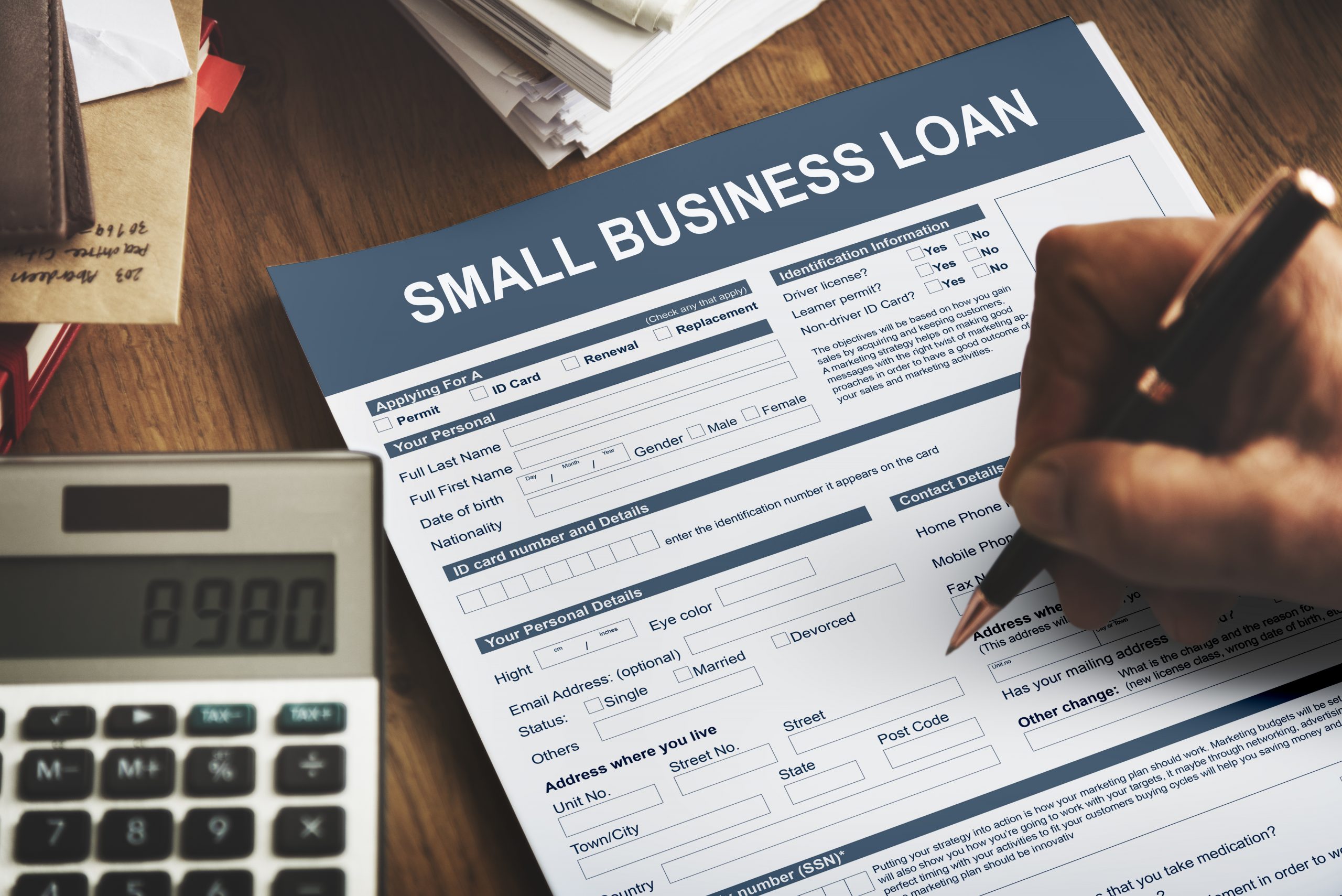Introduction
Perhaps you’ve been thinking that you could make some extra cash by selling stuff on the internet. Maybe you want to sell goods and commodities from your own uniquely branded online storefront, but you’re not sure how or where to begin. What you want to do is known the world round as e-commerce, essentially running a business entirely online. With e-commerce, you don’t have to deal with the possibly tremendous costs of setting up a physical store and the enormous stress of running one.
In fact, online retail can be a very good business, and the future of commerce lies in online sales. It’s true that Amazon may dominate the world of e-commerce, but you don’t have to be Jeff Bezos to make easy money selling merchandise on the internet.
It is not a difficult undertaking, but you do have to think through the process. You would still have to build your e-commerce business, and you should know that building an e-commerce business that potential customers would view as reliable is more work than just creating a logo on Canva or setting up a store on Shopify.
This guide, or blueprint, if you will, will let you in on how you can easily set up an e-commerce business in only a handful of steps. Whether you’re just starting out in the e-commerce business or simply looking to improve your e-commerce game, this guide is for you.
What is an eCommerce Business?
An e-commerce business is basically another way of trading or selling on the internet. It is any type of exchange of products or services for money that takes place online. That being said, there are six different types of e-commerce businesses that currently exist and it is necessary that you know these types as a potential e-commerce business owner.
Business to Business (B2B)
The exchange of products and services between businesses is known as B2B. Transactions at the wholesale level are usually B2B transactions and more often than not involve high prices and high volume. On occasion, B2B transactions can happen on a smaller scale, usually when a small business exchanges products or services with another small business.
Business to Consumer (B2C)
This is the most common type of e-commerce business. It is the exchange of goods and services from a company directly to a consumer. When people think of e-commerce business, a B2C type is often what they envision. The business sells directly to consumers online, as opposed to selling via a physical or B&M (brick and mortar) store.
Business to Administration (B2A) or Business to Government (B2G)
This is the transaction between businesses and governments. It is private companies providing products and services for the government.
Consumer to Business (C2B)
Of course, consumers sell, too, and C2B is a type of e-commerce where an individual sells products and provides services to businesses. A freelance writer providing writing services for a business website is an example of C2B e-commerce. A C2B looks much like the physical sole proprietorship which provides services for a bigger business.
Consumer to Consumer (C2C)
When consumers exchange goods and services on an online platform, they perform a C2C transaction. Online platforms that allow for the exchange of products are examples of C2C e-commerce business. C2C websites allow this exchange in exchange for a small commission on each item sold or service provided.
Consumer to Administration (C2A) or Consumer to Government (C2G)
This is a transaction between the consumer and the government. An individual who pays taxes to the government via an online platform (e.g. electronic tax filing) is but one example of C2A e-commerce business type. Another example would be a consumer making a payment to a local jurisdiction for property taxes, or to a municipality in payment of a parking violation.
As you can see, you don’t have to run a big operation like Amazon or eBay to start an e-commerce enterprise. And even if you already own a business with a physical presence, there are numerous ways to provide products and services online.
5 Easy Steps to Start your eCommerce Business
#1. Find Your Niche and Decide on a Product You Want to Sell
Finding (or discovering by accident) your niche and choosing a product to sell is probably the most challenging part of these steps. Many people give up on this step, often in frustration, but understand that your niche is not writ in stone, but can be quite fluid; don’t despair, you will eventually discover what works best for you.
Let’s say you already know exactly what you want to sell; you have your niche. What you choose to sell can come in different forms; it could either be physical products, digital ones, or even services.
It is really not too hard to choose a product to sell in your online store. If you brainstorm a bit with those who know you well, you will undoubtedly come up with some great ideas. Think about the things that you can offer which would provide some value to a potential customer.
There are also resources online that can help you narrow down what to sell or the services you can provide online. It’s not a bad idea to use these resources to identify potential opportunities so that you can build a successful online business. Shopify, for example, can assist you with strategies to identify your first profitable product.
Once you’ve narrowed down your options, evaluate and validate your ideas. To that end, Amazon’s Best Sellers list is a good resource; not only can it confirm your product idea as a good one, it can help you gauge demand for your plan, and provides you with names of potential suppliers.
Google AdWords is a very useful tool that can help with your decision making process as it can help you see the volume of searches for your different ideas.
#2. Branding
There is quite a lot of noise in the e-commerce business space today, and what would differentiate you from the rest is your brand. Branding is an important key to a successful endeavor, but many e-commerce business owners seem to ignore it. Let’s say you’ve decided to set up an e-commerce store that sells tea. If you do a Google search, you will find that there are probably about a thousand more tea e-commerce stores online. The question is, what added value would make your potential audience want to buy from you instead of one of the others?
It would be the brand you have created for yourself. Maybe it’s a great name, a catchy logo, witty product descriptions, awesome customer service, free shipping, lots of coupons, or any one of dozens of other things which will draw in a customer. Each of those, or all of those, will help you to create your brand and imprint on the customers’ collective mind. Now do you see the importance of having a good brand?
#3. Setting up your Business and Getting Your Store Online
As part of establishing your brand, it is important to create a website for your store. Ideally, your domain name should be the same as the name of your store. If the name you had in mind for your store is already taken (and there are a number of online tools which can check this for you), you might need to get a little creative so that you come up with a cool domain name that is unique and memorable.
Once you do figure out the name of your business and if it is available on your preferred domain, it might be an excellent decision to acquire it. It is not unheard of that a popular domain name is “stolen” simply because the owner neglected to buy it. Often times, the usurper will offer it up for sale to you at a significantly higher price than it would have cost to buy it outright. There are several online platforms like Google Domains, Gandi, and GoDaddy, where domain names are sold.
The next thing to do is to set up your website by adding essential pages. Those pages would include the Shop page that displays the products you have available for sale, the Shipping page where information that pertains to logistics is provided, and the About page which tells potential buyers about your offerings and what your store is all about, along with a customer support page that addresses the FAQs.
You’ll need an e-commerce platform to do this. There are various e-commerce platforms which you can use, one example is Shopify, which is highly recommended by users. Shopify is cool, and super easy—even a newbie can have their shop up and running within an hour or so. Plus, it comes with loads of themes that make the process enjoyable. BigCommerce, Magento, Ecwid are also good options. Explore each of them to determine which platform best meets your needs and price point, as they all offer different features at different prices.
#4. Planning your business; The Inventory and Logistical challenge, Customer Service
Support
No matter what business you are into—even e-commerce, a business plan provides a blueprint of what you plan to do and how you plan to do it. A business plan will prevent you from making unnecessary mistakes, and it is necessary for you to prepare for your e-commerce business. With it, you will drill down to the basics; for example, how you would manufacture your products, track inventory, deliver the products to your customer, etc. Once you have the products that you want to sell available and ready to go out into the world, it is important for you to figure out how to make your products mobile, as e-commerce products can be sold globally.
Fortunately, you don’t need to turn your home into a factory or a warehouse. You can ask manufacturing companies to make your products on contract terms, and you can partner with a major warehouse. If you do decide to manufacture your own products, you would need to partner with a supplier of all the raw materials.
Now that you have a great product, let’s discuss packaging. It is absolutely imperative that you package your product in a way that fits your brand (though plain packaging, though less distinctive, could work well, too, in some circumstances). Essentially, your package should depict what your brand stands for; think of your packaging as akin to the cover of a book and, right or wrong, all books are judged by their cover. The goal is to make your packaging as memorable as your e-commerce site.
Now that you have a packaged product, it’s time to ship it to the customer. There are basically two options for doing this; shipping the product directly to the customer from where you make it or using a third-party logistics company (FedEx, DHL, or UPS). It is important that you research the laws that govern the goods you want to sell in the countries where you want to sell them, as some goods are prohibited by law and could be waylaid by customs, as a result.
Finally, let’s address making and keeping your customers happy. Customer service should be a top priority because, almost as soon as you launch, customers will start bringing problems they think you should solve to the table. You should be ever ready to deal with issues as they arise.
To that end, it is necessary that you set up a responsive customer support email system as an email address especially created for customer support will make support operations neat and fast from your end. Creating a chatbox on your website is another great way to address customers’ questions or comments and to address them quickly. The good news is there are many options for chatbot software that can be used to make things easier for you.
#5. Launch your e-commerce store!
By now, you’re aching to click that submit button and launch your e-commerce store. But first, double check—even triple check—everything you have put in place. Make sure you have a stock of the products to help get things started, and that your packaging is ready and your logistical team is prepared. Choose a launch date that fits your target audience’s attention and doesn’t conflict with any major event or holiday (unless you offer a product or service that can take advantage of those days!).
Now that you have an e-commerce website, and are ready to start selling, you have to think about marketing. Face it, no one knows about your store, so you have to let people know you are open and ready for business. How to meet the widest audience possible while minimizing your marketing costs isn’t as major a problem as you might think, fortunately.
Google ads and Facebook ads are great platforms to run advertisements for your business, as their logarithms can help put your e-commerce business right in the face of individuals who are merely thinking about those products. Don’t believe it? Google any odd thing from your browser window and then go to Facebook; within minutes of scrolling through your feed you will see advertisements for the very thing you just Googled.
Once you have a few sales, it’s time to improve your store’s performance by focusing on marketing your brand to drive traffic to your store, this can be done by running email campaigns and driving traffic to your store from social media.
Wrapping up…
Well, you did it! You’ve got your e-commerce store up and running and well on its way to becoming a successful enterprise. Not only will you derive a benefit from it (in the form of profits) but you are providing a valuable service to your customers. You get to sell products and offer services to people all over the world, which they might not otherwise have access to, without geographical barriers.
While you have minimized expenses by operating an online business (compared to the costs of running a physical operation), e-commerce is not without its fair share of problems. You need to be prepared for challenges such as logistical issues, delivering the products, payment options, etc. You also have to keep in mind that the goods you sell and the services you provide need to stand out so that you are different from all of the other e-commerce businesses out there.
Starting an e-commerce business requires hard work and often a great deal of time, but it can be rewarding because the work and your efforts will pay off in the end.
While you may encounter other issues along the way, this blueprint should at least put you on the path to creating your own e-commerce business. Just remember, take it one step at a time and don’t forget to enjoy yourself along the way.
If you have any questions or thoughts about this post, please share them in the comment section below. If you enjoyed this, feel free to share with others.
Good luck!





